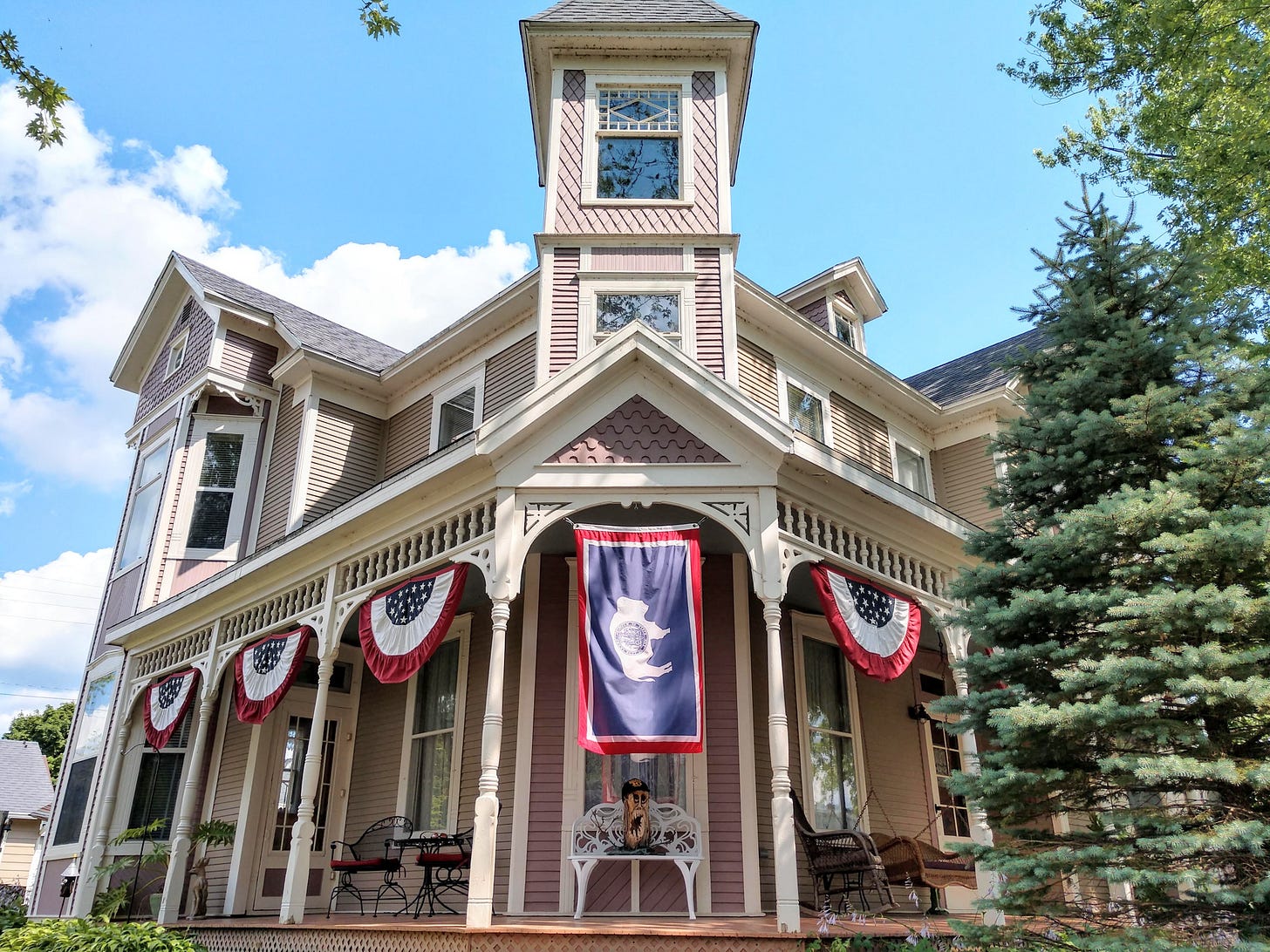You Live Where?
Frontier and Remote
Not usually known for their clever acronyms, the USDA’s Economic Research Service knocked this one out of the park. “Frontier and Remote” is its description for “sparsely settled, remote areas of the U.S.” I, along with about 45 million others, live someplace FAR. At least I did ten years ago, or so. The last time the USDA updated their published data was in 2010. At that time, I lived in Wyoming and was deep in thought about why people choose to live in the wayback, or the sticks, or the back of beyond. I managed to make a book out of it, called The Small Town Midwest: Reslience and Hope in the 21st Century. Catchy, I know. But I was motivated by hearing the stories of doom, abandoned downtowns, ruined farms, substance addiction, and hopelessness without direction. I suspected there was a richer, fuller, and more “ordinary American” behind these caricatures.
Because ruralness isn’t just one thing.
I left Wyoming in 2012 for Iowa. The town where I now live is a county seat. That means access to government services and a hospital, which tend to attract or retain residents. That means a stable public school system, grocery stores, higher level medical services, and numerous satellite businesses connected to the agricultural economy. Because there is a small private college here, we have a more vital downtown and cultural scene than most communties of our size. According to the FDA, we are a Level 1 FAR. Lots of people live in places like this, enjoying fairly easy access to daily needs. But if you want an airport, or a professional sports team, or specialized medical care, you’re going to have to drive.
And what of those at Level 4 FAR? Way fewer folks live in the sort of place where even basic goods and services are a challenge. But just because there are fewer of them doesn’t make their needs less acute. Grocery stores, child care providers, a local public school, a place for communal worship: these are among the needs hard to come by in Level 4. It seems ironic to need a car for almost everything but have very limited access to someplace to buy one.
I still believe the negative caricatures of “non-Metro America” are at least partly wrong. In the next few weeks, if you stick with me, I’ll treat you to some more fun USDA “Data Products.” My favorite is the Natural Amenities Scale. I know!



Excellent! Great description of Decorah.
Excellent reporting. Looking forward to more about FAR communities.